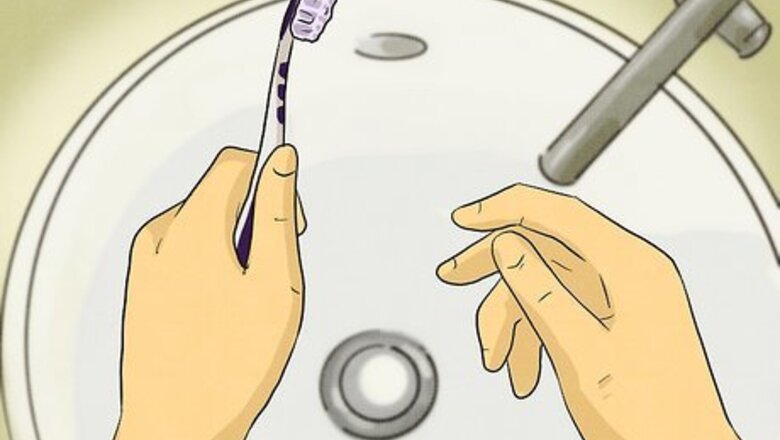
views
Trying Simple Activities to Improve Cognitive Abilities
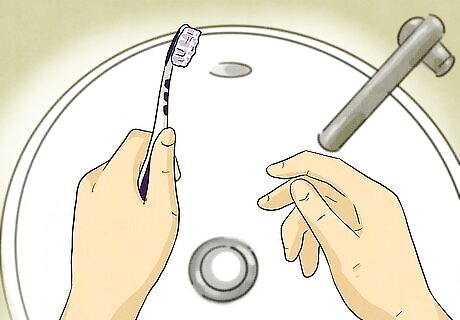
Practice doing simple chores with the “wrong” hand. Try brushing your teeth or eating your breakfast with your non-dominant hand. Routine behaviors are run by the brain’s sub-cortex, which control automatic functions of the body. If you make a point of mixing up your routines, your brain will be forced to be active and alert. For any activity to help exercise your brain, it must be both novel and complex. The simple act of switching to a new hand for easy chores allows for both qualities in everyday activity.
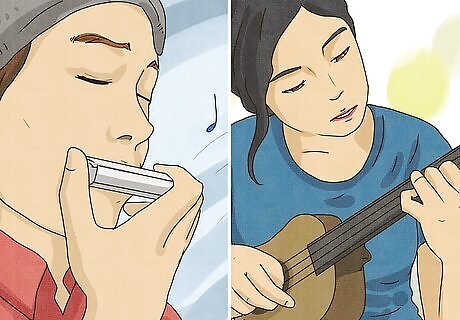
Learn to play a musical instrument. Research suggests a strong correlation between learning to play musical instruments and the development of executive function skills. Executive functioning is the brain’s ability to organize and act on perceived information, which is a critical component in the application of intelligence. Learning to play a musical instrument requires the coordination of multiple parts of the brain and body. The particular musical instrument you choose to learn doesn’t appear to make a difference in intelligence level. Choose an instrument that you enjoy, and one to which you have easy access. Lessons are often a good way to find a local music community that will help support your new hobby.
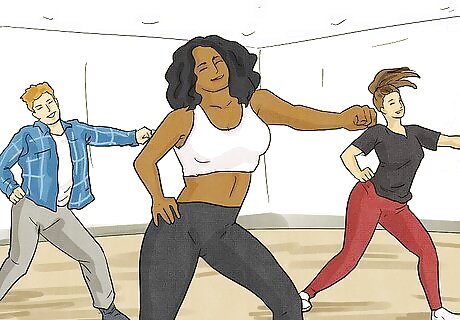
Take a dance class. The best activities to improve your intelligence are those that require split-second, rapid decision making. Scientists have found that people who take social dance classes improve their intelligence no matter what age they are. Frequent dancing was the only physical activity that seemed to offer any protection against the development of dementia in people aged 75 and older. Any activity that involves social interaction can help keep the mind active. Doing activities that use rote memory, no matter how complex, does not require the development of new neural pathways, which improve intelligence.
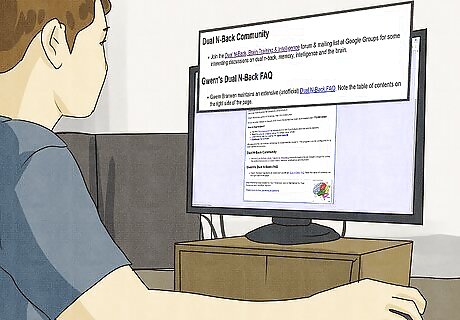
Learn about dual n-back exercises. Research has suggested that dual n-back exercises increase fluid intelligence. Fluid intelligence is one of the most important factors in IQ. It refers to the brain’s ability to reason and problem-solve without relying on previously learned information. N-back is a memory test. N refers to a certain number of previous stimuli that must be recalled by the player. For example, in a 1 = n sequence, you have to recall stimuli 1 item back; with a 2 = n sequence, the stimuli must be recalled 2 items back. In dual n-back exercises, two independent sequences are presented simultaneously and usually using two different modalities. For example, a sequence of numbers would be read, while a colored sequence was also present. You can find open-source software for dual n-back software online at brainworkshop.net.

Write a 7-word story. Being able to consolidate a narrative into only 7 words will help keep your brain alert and active. This activity relies on the brain’s ability to sift through a wide range of knowledge, and distill in in a particular way. Generating both the narrative and the words used relies on multiple functions of the brain, including fluid intelligence and executive functioning. These word-limit constraints will also give you practice in writing clever social media updates!
Improving Your Memory

Create acronyms to aid your memory. Acronyms provide a word to help you remember a larger set of information. They help your brain encode and recall the information. Acronyms are a shorthand way to remind yourself of complex information through a simple image or word. One of the most common single-word acronyms people use is ASAP, which stands for as soon as possible, or NASA, which stands for National Aeronautics and Space Administration. Many times acronyms become so well known that the meaning of the acronym becomes a new word itself, such as with SNAFU or Taser.
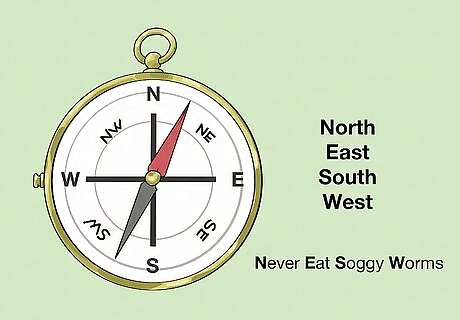
Use mnemonic devices. An acronym is the shortest form of a mnemonic device, but you can also make a sentence that helps you to remember a stream of words or information. Developing your own mnemonic devices that are specific to your interests and knowledge will be the most effective way of using this memory aid. For example, a simple sentence that helps children remember the order of the 4 directions on the compass might be: Never Eat Soggy Worms. You can see how the first letters of these words (N, E, S, W) align with the first letters of the 4 directions (North, East, South, West) in an easier-to-remember fashion.
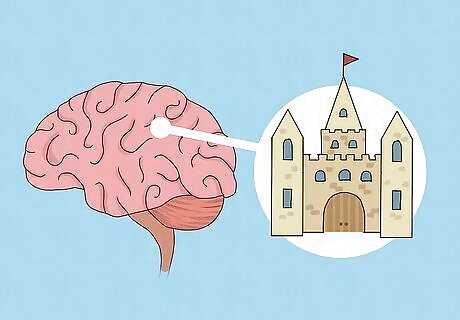
Build a memory palace. For people with strengths in visual and spatial memory, the imagined construction of a location (such as a house or “palace”) with mnemonic devices throughout can help to develop a strong memory of even detailed events or information. You can start by using your own home as a tool to memorize something commonplace, such as a shopping list. In your imagination, place the items you’ll need at the store in a variety of places throughout the house. For example, consciously imagine placing a bunch of bananas on the coffee table, a loaf of bread on the chair nearby, and a bag of coffee on top of the television. Then, at the store, visualize walking through the created image of your home with these items in it. Try adding items, adding rooms, as your ability to remember increases. You can also try this process by placing your mental attention along a familiar walking route, fixing items along with landmarks of your walk.
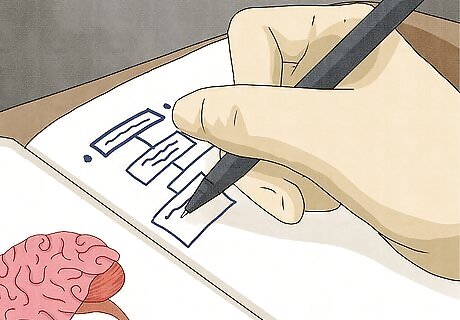
Try mind mapping. Mind mapping is a visual tool to write down details of a larger project. Mind mapping can help at the start of a project to generate ideas or to increase comprehension of learned information. The way it’s sometimes represented is as a trunk of a tree (the main idea) as seen from above, with branches (details) coming from all directions. Start by writing the central idea in the center of a blank, unlined sheet of paper. You can also draw an image if this helps you better focus on your project. Next, draw a line from the central idea to represent each one of the main topics within this idea. Label these topics with your pencil. From these lines, draw smaller lines, or branches, representing even more detailed ideas. Use colored pencils if this helps engage your attention and comprehension. Continue to illustrate with pictures if you prefer.
Using Healthy Living Habits to Increase IQ
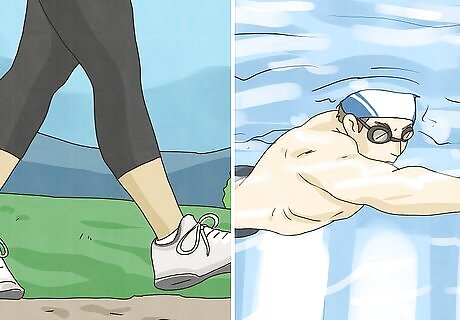
Add aerobic exercise to your daily routine. Regular aerobic exercise has been connected to the growth of new neurons. Exercise stimulates the hippocampus, which is associated with both learning and memory. Exercise also increases the blood flow to the brain, which causes nutrients and oxygen to flow to the brain and removes waste from the brain. Most experts recommend that adults get at least 150 minutes of moderate aerobic exercise per week. This means at least 30 minutes, 5 times per week. Moderate aerobic exercise includes jogging, walking, biking, dance classes, swimming, or any activity which requires regular heavy breathing over a period of time. Walking with a friend is a great way to combine exercise with social interaction, both of which will help reduce cognitive decline. Make sure to check with your healthcare provider before adding physical activity to your daily routine.

Get at least 8 hours of sleep per night. When you don’t get enough sleep, your mind becomes functionally impaired as if you were under the influence of alcohol intoxication. Needless to say, this doesn’t do wonders for your cognitive performance. One of the simplest paths to making yourself smarter is simply to ensure that you get enough sleep at night. Most adults need 7-9 hours of sleep per night. Teens require 8-10 hours of sleep per night, while school-aged children (ages 6-13) require 9-11 hours.

Develop a meditation practice. According to studies done by UCLA, the brains of people who engaged in regular meditation practice were both larger and contained more gray matter than the brains of people who did not have such a practice. Not only does meditation appear to prevent a person’s brain from losing key neural connections, but the brain size actually increases in a few critical areas. Evidence suggests that meditation can make a person smarter, and more resilient. People who meditate are better able to handle stress, and this helps to block the development of the hormone cortisol, which impedes brain function.

Include plenty of brain-rich nutrients in your diet. Omega-3 essential fatty acids are vital to healthy brain functions, while higher levels of vitamin E are correlated with slower cognitive decline in the aging brain. Include plenty of omega-3 essential fatty acids by including deep-water fish, such as salmon. Fish oil supplements might also be tried, at the level recommended by the American Health Association (1 gram daily of EPA and DHA). Blueberries, high in antioxidants, help protect the brain from oxidative stress and may also help guard against age-related dementia or Alzheimer’s disease. Try adding an 8-ounce cup of blueberries to your daily diet to improve your brain functioning. Nuts and seeds are a good source of vitamin E. Consider adding a handful of walnuts, hazelnuts, Brazil nuts, filberts, almonds, cashews, peanuts, sunflower seeds, sesame seeds, or a tablespoon of unhydrogenated nut butter such as peanut butter, almond butter, and tahini to your daily diet. A Mediterranean diet including foods such as lean meats, nuts, fruits, vegetables and olive oil, can also help to preserve cognition. Try to avoid simple sugars in foods like cakes, candies, sodas and foods with artificial sweeteners.




















Comments
0 comment